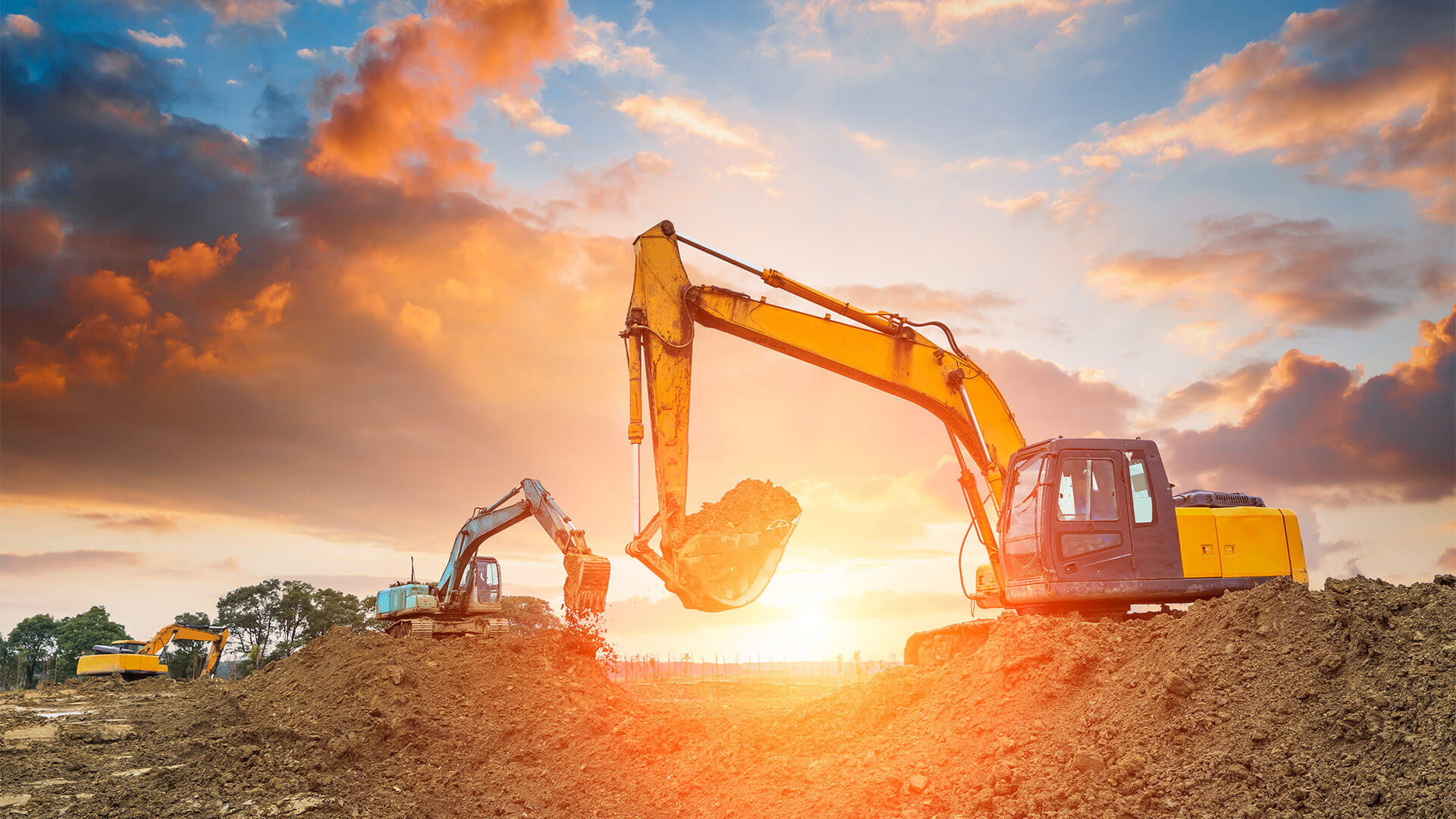Aerial Lift Rental for Construction and Upkeep Projects
Aerial Lift Rental for Construction and Upkeep Projects
Blog Article
Leasing Vs. Buying Building Devices: Making the Right Option for Your Project
When embarking on a construction task, one of the vital choices that project stakeholders and supervisors face is whether to buy or rent out construction devices. Both alternatives have their downsides and benefits, making the option a critical one in the task preparation process. The choice depends upon various elements such as cost factors to consider, task period, tools upkeep, scalability, risk, and versatility management. Each component plays an important role in establishing one of the most suitable path for the job's devices needs. construction equipment rentals. Allow's discover these factors even more to understand how they impact the decision-making procedure and inevitably the success of the project.
Expense Factors To Consider
When assessing the economic facet of buying versus renting building devices, the in advance costs and lasting costs should be thoroughly considered. Renting out tools typically calls for reduced first repayments compared to purchasing, making it an attractive choice for temporary projects or professionals with budget constraints. Leasing removes the need for huge funding outlays and lowers the economic threat related to devices ownership, such as upkeep and depreciation expenses. However, in the future, consistently renting tools can collect higher expenses than purchasing, particularly for extensive projects.
On the various other hand, buying construction tools includes greater upfront costs but can lead to long-lasting savings, especially for frequent individuals or long-lasting tasks. Having tools offers versatility, ease, and the capacity for resale worth once the project is finished. Furthermore, possessing equipment enables personalization and familiarity with specific equipment, potentially boosting efficiency and productivity on-site. Eventually, the choice in between renting out and purchasing building equipment depends upon the task's period, frequency of usage, spending plan considerations, and long-term financial goals.
Project Duration

Alternatively, for long-lasting projects or recurring building work, buying equipment might be the extra cost-effective option. Investing in tools can cause cost savings over time, specifically if the devices will certainly be frequently used. Furthermore, possessing devices gives a sense of control over its schedule and allows for modification to fit details job needs.

Devices Maintenance
Given the vital duty project period plays in identifying the most affordable method between leasing and purchasing building tools, the emphasis now moves in the direction of taking a look at the crucial facet of devices upkeep. Correct maintenance is important for making certain the ideal performance and durability of building devices. Renting out equipment typically comes with the benefit of having actually well-kept equipment provided by the rental company. This can reduce the burden of upkeep jobs from the job owner or professional, conserving time and effort. On the other hand, having equipment calls for a positive technique to maintenance to stop failures, guarantee safety, and prolong the equipment's life expectancy. Normal examinations, servicing, and prompt repairs are necessary to maintain owned equipment in top working problem. Element in upkeep expenses when choosing in between leasing and acquiring, as ignoring upkeep can bring about pricey repair services, downtime, and project hold-ups. Ultimately, a well-kept construction devices fleet, whether pile driving equipment leased or had, is essential for the efficient and effective conclusion of building projects.
Versatility and Scalability
In the realm of building and construction devices management, the element of flexibility and scalability holds substantial value for task efficiency and source application. Choosing to lease construction devices provides a high degree of adaptability as it allows for the fast change of tools kinds and amounts based on the advancing requirements of a job.
Moreover, scalability, another important variable, is inherently connected to flexibility. Renting construction equipment supplies the benefit of quickly scaling operations up or down as task demands fluctuate. Professionals can rapidly exchange or include equipment to match the task's transforming needs without the restrictions of possessing assets that might come to be underutilized or obsolete. This capacity to range resources successfully can result in price financial savings and improved task timelines, making renting a positive alternative for projects calling for adaptability and responsive resource appropriation.
Danger Management
Reliable danger administration in building devices operations is critical to making certain project success and mitigating potential economic losses. Building and construction jobs naturally entail various risks, such as devices malfunctions, accidents, and project hold-ups, which can significantly impact the project timeline and budget plan. By very carefully taking into consideration the threats related to owning or leasing building tools, job supervisors can make enlightened choices to minimize these potential hazards.
Renting out building equipment can offer a level of risk reduction by transferring the obligation of repair and anonymous maintenance to the rental firm. This can minimize the financial concern on the job owner in situation of unexpected devices failures (aerial lift rental). Additionally, renting out provides the adaptability to accessibility specific tools for specific job phases, lowering the threat of having underutilized machinery
On the other hand, possessing building and construction tools gives a feeling of control over its usage and upkeep. Nevertheless, this also means bearing the complete obligation for repairs, upkeep prices, and depreciation, increasing the economic dangers connected with tools possession. Mindful threat evaluation and consideration of aspects such as job period, tools application, and maintenance requirements are crucial in identifying the most ideal choice for efficient threat administration in construction jobs.
Conclusion
Finally, when determining between acquiring and renting building and construction tools, it is essential to take into consideration cost, task period, devices maintenance, threat, scalability, and flexibility management. Each element plays an important role in determining the most suitable alternative for the project at hand. By thoroughly reviewing these elements, job managers can make an enlightened choice that lines up with their budget, timeline, and total job goals.

Report this page